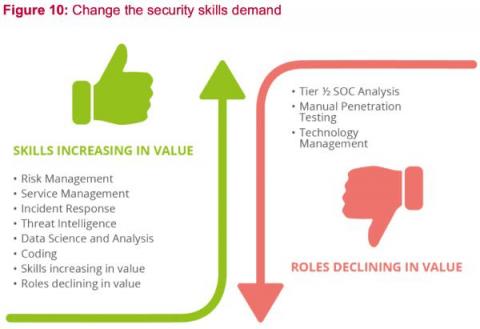From the SecOps Kitchen: Why Operators of Essentials Services Need to Prepare Now
Hey there, The European Union Agency for Cybersecurity (ENISA) has recently published its NIS Investment report - a survey conducted on European organisations identified as Operator of Essentials Services (OES) and Digital Service Providers (DSP).







